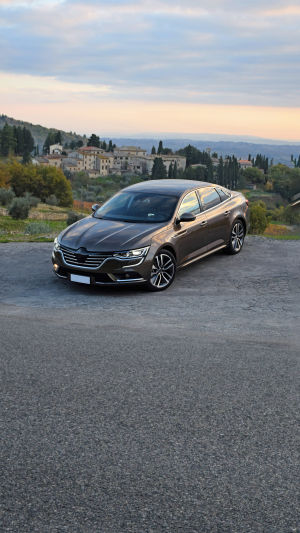An automobile is a non-track-bearing vehicle propelled by an engine, with four or more wheels, primarily used for transporting passengers and/or goods, or for towing vehicles carrying passengers and/or goods.
Common classifications of automobiles include:
1. Sedans are vehicles designed for transporting passengers and their belongings, with seats positioned between two axles. Including the driver, they typically accommodate up to nine seats. They are commonly divided into two categories: two-door sedans and four-door sedans. Both share a lower body height and a smaller ground clearance, usually designed for five occupants.
2. SUV stands for Sports Utility Vehicle, often colloquially referred to as "off-road vehicles" (although there are slight differences). They are commonly categorized into 5-seaters and 7-seaters. Functionally, SUVs are often classified into urban and off-road types. Modern SUVs are generally based on sedan platforms, offering a blend of sedan comfort and certain off-road capabilities.
3. MPV, which translates to Multi-Purpose Vehicle, is commonly known as a utility vehicle. Derived from station wagons, it combines spacious passenger room, sedan comfort, and van-like functionality, usually with a two-box structure accommodating 7 to 8 people.
4. Sports cars are designed for speed and high performance. They possess a low chassis, sleek lines, and exceptional power. Their defining feature is the continuous pursuit of speed limits. Compared to sedans, sports cars have lower bodies and higher power. They could be loosely understood as "flattened sedans" in appearance.
5. A van is essentially a minibus, also known as a single-box vehicle. Commonly available in 7, 8, or 9-seater configurations, vehicles exceeding 9 seats are often referred to as minibusses. Additionally, more high-end vans are referred to as utility vehicles.
As household vehicles, minibusses still retain a significant market. They are cost-effective compared to sedans (including compact sedans), have lower maintenance costs, are compact for parking, and offer substantial load capacity.
A pickup truck is a vehicle with a driver's cabin and an open cargo area at the back. It can be visualized as the front resembling an SUV or sedan, with a small cargo bed at the rear. It serves as a dual-purpose vehicle for passengers and cargo.
Throughout the extensive evolution of human society, transportation tools progressed from horse carriages to steam locomotives. However, it wasn't until the late 19th century that true automobiles emerged due to relentless efforts and innovation.
The specific birth of the first automobile was in 1886. On January 29th of that year, Karl Benz successfully patented the first automobile named "Benz Patent-Motorwagen." It featured a horizontal single-cylinder four-stroke gasoline engine, delivering a maximum power of 0.75 horsepower. Although its top speed was only 16 kilometers per hour, it marked the true advent of the automotive era.
With the birth of the first automobile, profound changes swept through human society. Automobiles not only vastly expanded people's mobility but also had profound impacts on logistics, economics, and urban development. Moreover, the widespread use of automobiles significantly improved people's quality of life, enabling more convenient travel and transportation.
Reflecting on the developmental journey of automobiles, one can observe that the interplay between technological innovation and market demand is crucial for driving the automotive industry forward. From the initial steam engines to internal combustion engines, later to electric motors and hybrid technologies, automobiles have progressed through continuous transformation and innovation.
Simultaneously, as the market size expanded and consumer demands diversified, automobiles underwent constant improvements and optimizations in design, performance, and functionality.
The birth of the automobile stands as a significant milestone in the history of human transportation. It not only brought tremendous progress and development to human society but also showcased human wisdom and innovation. Today, facing increasingly pressing environmental and societal challenges, the automotive industry encounters new opportunities and challenges.
In the future, with the widespread application of new energy sources, intelligent driving, and other technologies, automobiles will play even more crucial roles in human society. Let us anticipate the future development of automobiles while hoping to derive more inspiration and positive energy from them, contributing to the sustainable development of human society.





